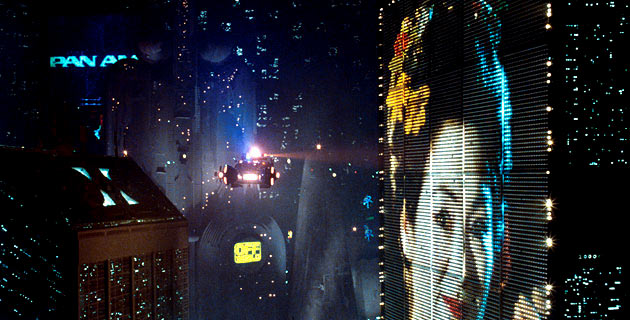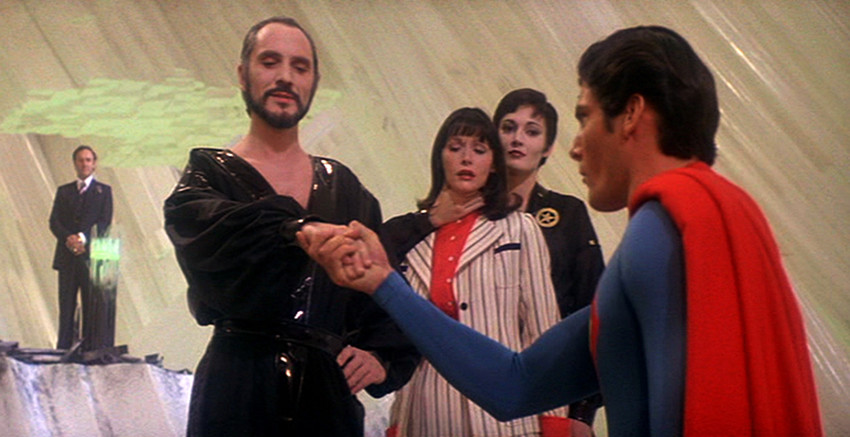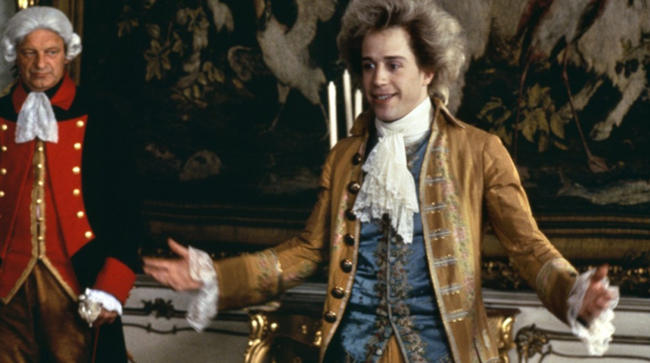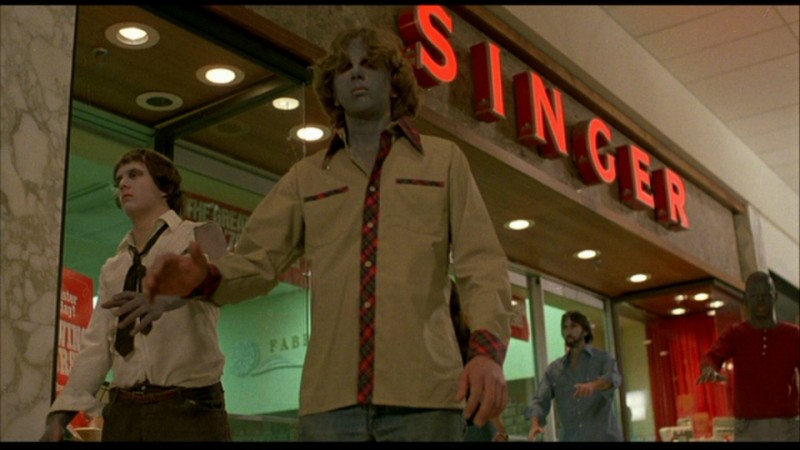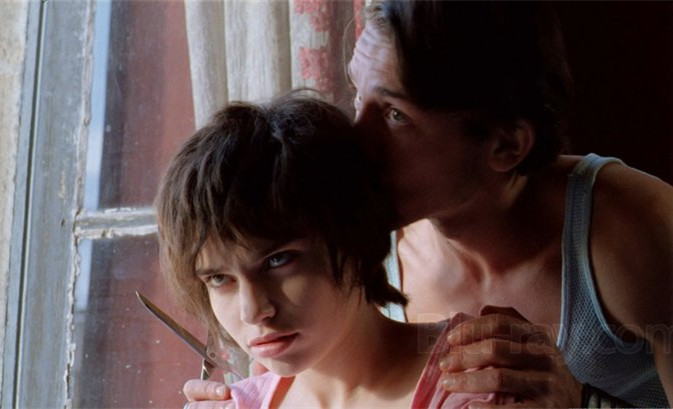A director’s vision is often seen as the guiding light of a production, but that doesn’t mean said vision is absolute. Very few in the industry have risen to the level where they have the privilege of receiving the almighty power of “final cut”. Frequently, other parties will have a hand in shaping the final version of a film; sometimes against the director’s wishes.
A conflict between the director and producers can often end with the producers taking the film into their own hands. Oftentimes, the studio, fearing a financial loss, will reshape a movie until they feel it will have more mainstream appeal. Whatever the reasons, film history is littered with final products that didn’t match their director’s intended goals.
Sometimes, that can easily be changed with a director’s cut. Director’s cuts can restore a film that was altered by another party, expand on a filmmakers intended vision for a movie, or even allow them to present the piece in a way that wasn’t previously possible.
With the growth of the DVD/Blu-ray market, director’s cuts have become more widely available, giving audiences a chance to see certain movies in a new light. In some cases, these new editions even surpass the originals to become classics themselves. The following are some of the best handled new cuts of legendary films.
15. Superman II
1978’s Superman was a cultural juggernaut, but a series of budgetary and creative debates lead to Warner Bros decision to take series helmer Richard Donner off the sequel and to allow new director Richard Lester to re-film and reshape the second chapter. Superman II was released to a respectable deal of success, but was deemed inferior to the first Superman over time due to its reliance on camp humor, silly plot devices, and the absence of Marlon Brando; who provided the first film with a powerful father/son dynamic.
When a Donner-supervised cut was released in 2006, it brought the movie more in line with Donner’s first installment. Most of the campiness of Lester’s cut was removed, and Brando’s scenes were restored, giving more weight to Superman’s arc. Unquestionably the superior of the two cuts, Richard Donner’s Superman II is a must for fans of the series.
14. Amadeus
This 1982 Best Picture winner was given the director’s cut treatment for its 2002 DVD re-release. Milos Forman’s logic for removing footage from the theatrical cut was to avoid testing the audience’s patience, but ultimately, what was restored actually benefits the overall film. The director’s cut of Amadeus features a great deal of previously unseen footage that greatly expands upon Wolfgang Mozart’s troubles with alcohol and money. But perhaps the most significant addition is an early subplot between Mozart’s wife Constanze and his rival, Salieri.
The restored scene elevates Elizabeth Berridge’s performance from great to extraordinary, and gives more meaning to the underlying tension that exists between Constanze and Salieri in the finale. Forman may have been concerned with the audience’s patience, but viewers who put in the time will have a delightful viewing experience.
13. Gladiator
This Academy Award Winner re-invigorated the “swords and sandals” genre and cemented Russell Crowe as a bonafide star. A solid movie to begin with, Ridley Scott reinserted several deleted segments in the extended DVD edition to expand on both the characters and the political intrigue of the picture. Joaquin Phoenix’s portrayal of the venomous Emperor Commodus is explored much more thoroughly, especially his love/hate relationship with his father.
Several key subplots also delve into the desperate attempts of the Roman Senate to dispose of Commodus before his poor decisions ruin the empire. With a great balance of action, intrigue and character development, Scott’s extended take on Gladiator most certainly entertains.
12. Dawn Of The Dead
George Romero’s follow up to Night of the Living Dead is bigger, bolder, and even more violent than his first foray into zombie horror. But, even though Dawn of the Dead is admired for its social commentary and top-notch zombie terror, Romero was not happy with the original cut of the film. His second cut restores and expands on the humor, the character development, and the gore that have come to embody Romero’s work.
Romero’s efforts to critique consumer culture are more effective as additional time is spent dwelling on Francine, Roger, Peter and Stephen inside the mall, as they attempt to distract themselves from the terror of the outside world with creature comforts. The flesh eaters themselves are also “fleshed-out”, as Romero restores a great deal of the gore that was trimmed from the original cut. If you’re up for a great night of zombie carnage, this cut won’t leave you disappointed.
11. Betty Blue
A tragic story of passion in its own right, the director’s cut of Jean-Jaques Beineix’s erotic love story received a longer cut in 2005. With nearly an hour added onto the film, Beineix added appropriate doses of humor and character development between lovers Betty and Zorg that elevate the original into something much more powerful.
As their relationship is tested both by fate and their personal choices, the director’s cut allows us more time to dwell on the impact each new stage of life has on these two characters. Beatrice Dalle’s performance is also greatly helped by the extra screen time, as it dives even deeper into her already complex portrayal of devotion, addiction, and insanity. Skip the original and watch the much richer director’s cut.
10. Brazil
Often cited as Terry Gilliam’s masterpiece, Brazil was famously altered by Universal; who tacked a happy ending onto Sam Lowry’s journey through a nightmarish dystopian landscape against the director’s wishes. The studio cut (known as the “Love Conquers All” cut) upset Gilliam, so he began a campaign to get the original cut released, which included screening his own cut of the film without the studio’s permission.
The highlight of Gilliam’s cut is the restoration the film’s final melancholy twist; which was praised by audiences and critics and has been declared as the definitive version of the film. While most releases of Brazil (such as the Criterion Collection DVD) contain the “Love Conquers All” cut to give some historical perspective, Gilliam’s second cut is the must-see version.
9. Watchmen
Considered ‘unfilmable’ for decades, the 2009 adaptation of the celebrated graphic novel polarized audiences upon release. Many decried the film’s insistence on sticking to the source material while others praised it for staying faithful while adding unique touches. Zach Snyder’s cut amps up the commitment to honoring Moore and Gibbons groundbreaking work.
By extending certain shots, Snyder’s meticulous recreation of the comic’s panels are given even more detail; and by restoring sequences cut from the theatrical version, certain characters and subplots are given closure absent in the original cut; such as the terrifically constructed final fight of the first Nite Owl. Although the additions may be a turn off to some, Watchmen proves itself to be the ultimate showcase of a director adapting something with true passion for the source material.
